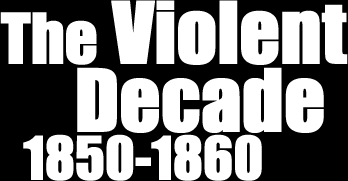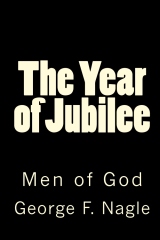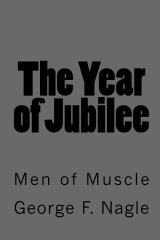
Harrisburg on the eve of Civil War
Study Areas
Operations of Slave Traders
W. L. and B. M. Campbell
Baltimore Operations
1843-1847: Setting Up Shop in Baltimore.
Baltimore's location and port facilities made it an ideal center for slave traders to buy up slaves from Maryland and Virginia slaveholders and ship them south to sell at premium prices. Numerous slave traders set up operations in the city, some of whom lasted only a year or two. The most successful was Hope Hull Slatter, whose Pratt Street prison became well known throughout the region. Bernard M. Campbell began advertising in the mid-1840's, in direct competition with the highly successful Slatter.

NEGROES WANTED -- The HIGHEST market prices will be given for NEGROES, CONWAY ST. between Charles and Hanover. B. M. CAMPBELL.
N.B. All communications promptly attended to.
(The Baltimore Sun, 14 July 1843.)
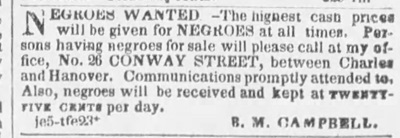
NEGROES WANTED -- The highest cash prices will be given for NEGROES at all times. Persons having negroes for sale will please call at my office, No. 26 CONWAY STREET, between Charles and Hanover. Communications promptly attended to, Also, negroes will be received and kept at TWENTY-FIVE CENTS per day.
B. M. CAMPBELL.
(The Baltimore Sun, 25 September 1844.)
Bernard Campbell set up an office and facilities at 26 Conway Street for the purchase and "boarding" of slaves he took in. Campbell's rate of twenty-five cents per day to board slaves was competitive with that of his chief business rival, Hope Hull Slatter, and remained in effect throughout his and his brother's Baltimore operation. Unlike Slatter, the Campbells had only a modest facility.
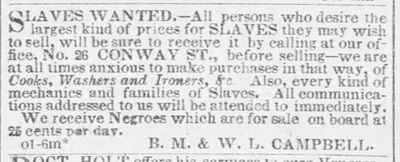
SLAVES WANTED. -- All persons who desire the largest kind of prices for SLAVES they may wish to sell, will be sure to receive it by calling at our office, No. 26 CONWAY ST., before selling -- we are at all times anxious to make purchases in that way, of Cooks, Washers and Ironers, &c. Also, every kind of mechanics and families of Slaves. All communications addressed to us will be attended to immediately.
We receive Negroes which are for sale on board at 25 cents per day.
B. M. & W. L. CAMPBELL.
(The Baltimore Sun, 24 November 1847.)
By 1847, Walter's name, in the form of initials W. L., joined Bernard's in the ads. Their increasing share of the business allowed for larger, more detailed ads.
1847-1848: Buyout of Hope Hull Slatter.
In the late 1840s, Baltimore's largest slave trader Hope Hull Slatter and his brother Shadrack had accumulated incredible personal fortunes and sold their business to the brothers Walter L. and Bernard M. Campbell, competing slave traders based in Baltimore. Hope Hull Slatter "retired" to Mobile, Alabama, where he later died in a Yellow Fever outbreak in 1853. The Campbells assumed Slatter's entire operation, including his highly visible and well-known slave prison on Pratt Street. They promptly advertised the continuation of business at the site for boarding slaves that were to be sold locally. More importantly, they made it known that they were actively purchasing slaves for their own trading business.
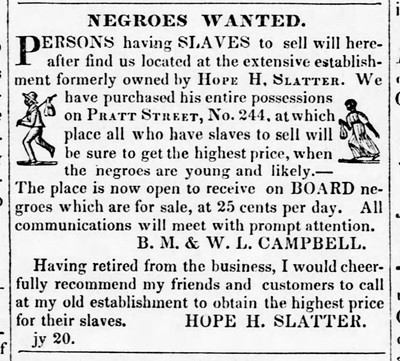
(Port Tobacco and Charles County Advertiser, 27 July 1848)
Along with the Baltimore location, the Campbells also purchased Slatter's New Orleans business site on the Esplanade. Their New Orleans advertising, like their Baltimore ads, used Slatter's well-known name as a hook to draw in customers looking to purchase Maryland and Virginia slaves.

(The Times Picayune, New Orleans, 31 January 1849)
The Year of Jubilee
Vol. 1: Men of God and Vol. 2: Men of Muscle
by George F. Nagle
Both volumes of the Afrolumens book are now available to read directly from this site.

